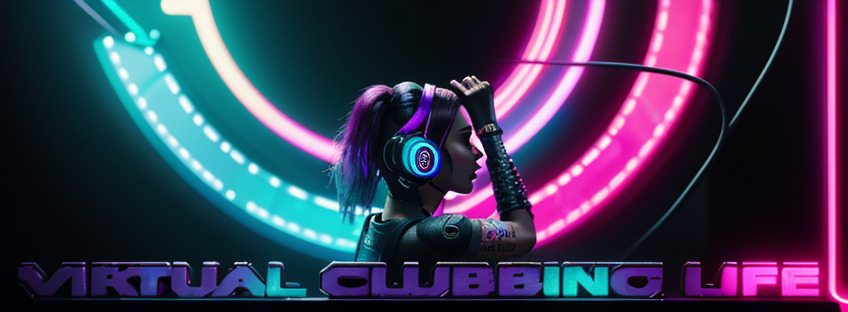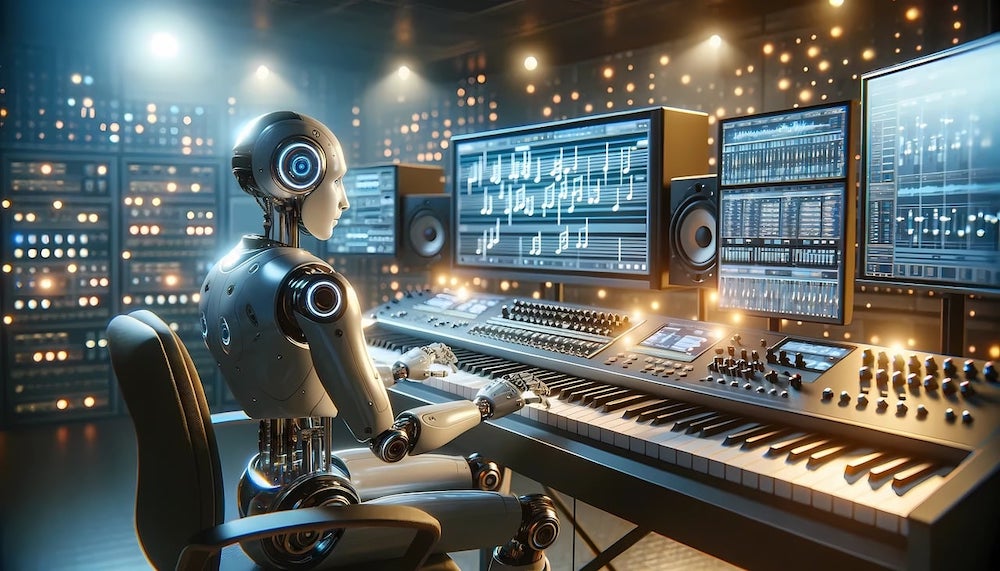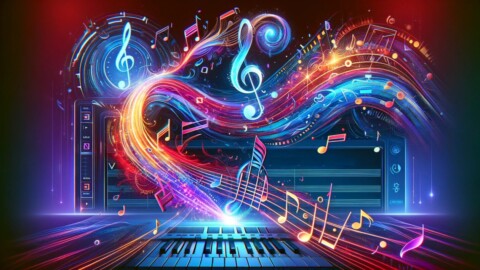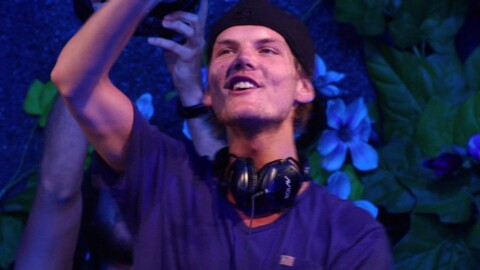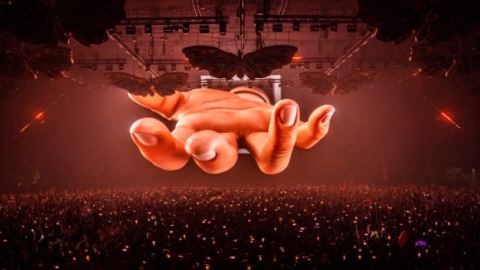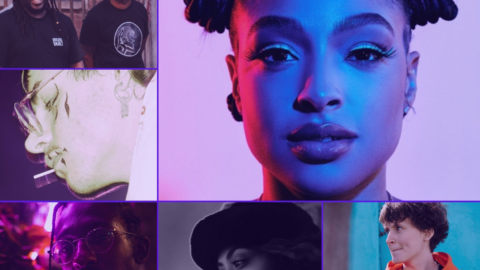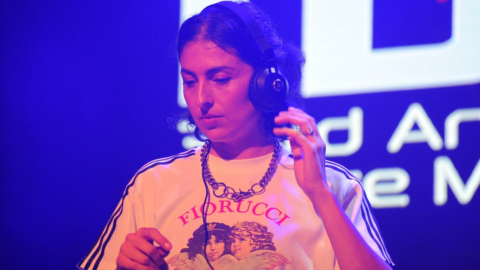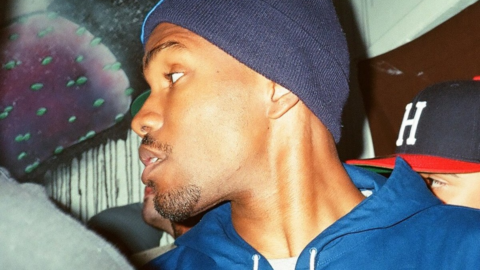As electronic music continues to dominate global music charts and festival lineups, its evolution is deeply intertwined with advancements in technology. From the earliest synthesizers to cutting-edge AI-driven production tools, the narrative of electronic music is one of innovation and transformation. This article delves into how technology shapes the future of sound, exploring key trends and emerging tools that are redefining the electronic music landscape.
The Rise of AI in Music Production
One of the most significant developments in recent years has been the integration of artificial intelligence into music production. AI tools are revolutionizing the way artists create music, enabling them to experiment with sound in unprecedented ways. Platforms such as Splice and LANDR offer musicians access to AI-driven features that can suggest melodies, harmonies, and even entire compositions based on the user’s inputs.
For instance, Splice recently announced its acquisition of Spitfire Audio, a move that will enhance its library of sounds and samples available to producers. This strategic acquisition reflects a growing trend where music technology companies are seeking to provide creators with comprehensive tools that cater to both traditional and modern production styles.
The Impact of Digital Audio Workstations (DAWs)
Digital Audio Workstations (DAWs) have become the backbone of electronic music production. Software like Ableton Live, FL Studio, and Logic Pro X provide artists with powerful tools to compose, record, and edit their music. The versatility of these platforms allows for seamless integration of MIDI instruments, audio samples, and virtual plug-ins, making it easier than ever for artists to bring their creative visions to life.
Moreover, the rise of cloud-based DAWs has facilitated collaboration among musicians across the globe. With platforms like Soundtrap and BandLab, artists can co-create in real-time, sharing ideas and tracks regardless of their physical location. This democratization of music production is fostering a new wave of collaboration, where diverse influences converge to create innovative sounds.
The Role of Streaming Services in Shaping Trends
Streaming services have not only changed how music is consumed but have also influenced the production of electronic music. Platforms like Spotify, Apple Music, and SoundCloud provide artists with the ability to reach global audiences instantaneously. This exposure has led to the emergence of new sub-genres and styles, as artists experiment with different sounds to capture listener attention.
Furthermore, algorithms used by these platforms play a crucial role in promoting tracks based on user preferences, often pushing emerging electronic artists into the mainstream. This has resulted in a more competitive landscape, where originality and innovation are paramount for success.
Virtual Reality and Immersive Experiences
As technology continues to evolve, so does the way audiences experience electronic music. Virtual reality (VR) and augmented reality (AR) are beginning to make waves in the industry, offering immersive experiences that enhance live performances. Festivals like Coachella and Tomorrowland have experimented with VR technology, allowing fans to attend events virtually and engage with artists in ways previously thought impossible.
These immersive experiences not only provide new revenue streams for artists but also create unique opportunities for fan engagement. As the demand for innovative experiences grows, the incorporation of VR and AR into electronic music is expected to expand, offering fans a more intimate connection with their favorite artists.
Conclusion: A Future Full of Possibilities
The landscape of electronic music is continuously evolving, driven by technological advancements that reshape how music is created, consumed, and experienced. As AI, DAWs, streaming services, and immersive technologies continue to develop, they will undoubtedly influence the future of sound, paving the way for new genres, collaborations, and experiences.
For electronic musicians, these tools and trends present exciting opportunities to push creative boundaries and reach audiences like never before. As we look ahead, the future of electronic music appears bright, full of potential for innovation and artistic expression.
Tags: ai technology
